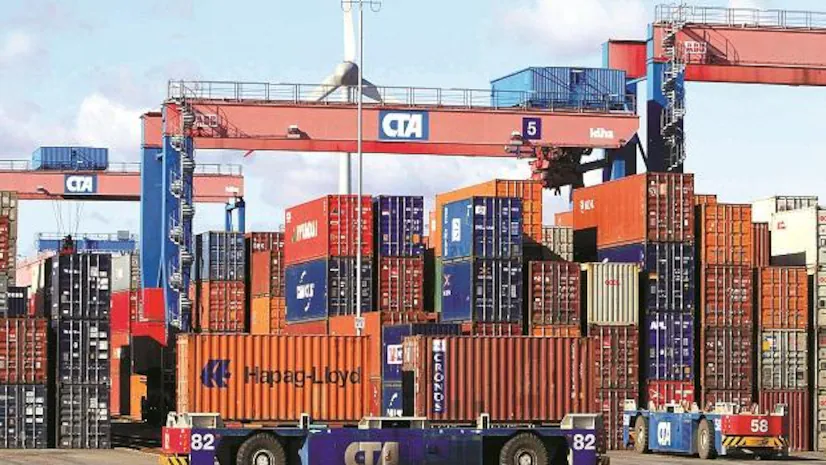In recent months, India and Bangladesh have imposed a series of tit-for-tat trade restrictions that are significantly affecting businesses, particularly in the garment and textile industries. These trade disruptions, rooted in escalating diplomatic tensions, have caused ripple effects across South Asia’s economic landscape. As tensions grow between the two countries, firms are starting to feel the impact of these trade barriers, especially in logistics and supply chains.
The Cotton Yarn Dispute: A Key Trigger
One of the most significant moves came from Bangladesh, which restricted land imports of cotton yarn from India. This decision was made to protect local industries from cheaper Indian imports. Cotton yarn is vital to Bangladesh’s garment factories, which rely heavily on it for manufacturing ready-to-wear clothing.
Before this restriction, Bangladesh imported large quantities of cotton yarn from India through land ports, accounting for nearly a third of the total imports. However, with this trade route now closed, businesses in Bangladesh face increased costs and delays, forcing many to seek slower and more expensive alternatives via sea or air.
Impact on Bangladesh’s Garment Industry
Bangladesh, the world’s second-largest garment exporter, relies heavily on the smooth flow of goods through neighboring India. In 2024, Bangladesh exported $1.6 billion worth of cotton yarn from India, a significant portion of which came via land ports. The suspension of India’s transhipment facility for Bangladesh has hit the garment industry hard.
Anis Ahmed, the head of supply chain firm MGH Group, which serves high-end brands like Zara, noted that the now-closed transhipment facility used to deliver goods to Western markets within a week. However, with current alternatives taking up to eight weeks, this has created a bottleneck that affects Bangladesh’s fast-fashion export industry.
The Diplomatic Context: Rising Tensions
These trade disruptions come against the backdrop of growing diplomatic tensions. The fallout from the ousting of Bangladesh’s former Prime Minister Sheikh Hasina and her subsequent exile in India has significantly strained bilateral relations. The interim government in Dhaka, led by Nobel laureate Muhammad Yunus, has further complicated matters by calling for Hasina’s extradition.
In turn, India has voiced concerns about attacks on the Hindu minority in Bangladesh, a sentiment that has been building in response to incidents in the country. This complex mix of political and economic tensions has led to further trade restrictions, which are now beginning to affect businesses on both sides.
The Future of Trade: Concerns Over Further Barriers
With both countries imposing trade barriers, there are fears of further disruption to supply chains. Indian garment manufacturers have called for a ban on Bangladeshi garment imports via land, a move that would further hinder Bangladesh’s trade. While such actions are seen as retaliatory, they could end up escalating tensions and negatively impacting businesses in both countries.
Debapriya Bhattacharya, a senior economist in Bangladesh, warned that additional trade barriers could harm both economies in the long run. Both nations are facing increasing pressure to resolve these trade issues and restore smoother operations for the sake of regional economic stability.
Conclusion: A Delicate Balance
The escalating trade restrictions between India and Bangladesh highlight the delicate balance between diplomacy and commerce. As businesses on both sides struggle with the consequences of these measures, the broader implications of continued tension could further disrupt the economic stability of both countries. With the garment industry at the forefront of these challenges, it is essential for both nations to find a resolution before the economic toll becomes too great.
Stay tuned for more updates on the evolving India-Bangladesh trade situation and its impact on the global economy.


